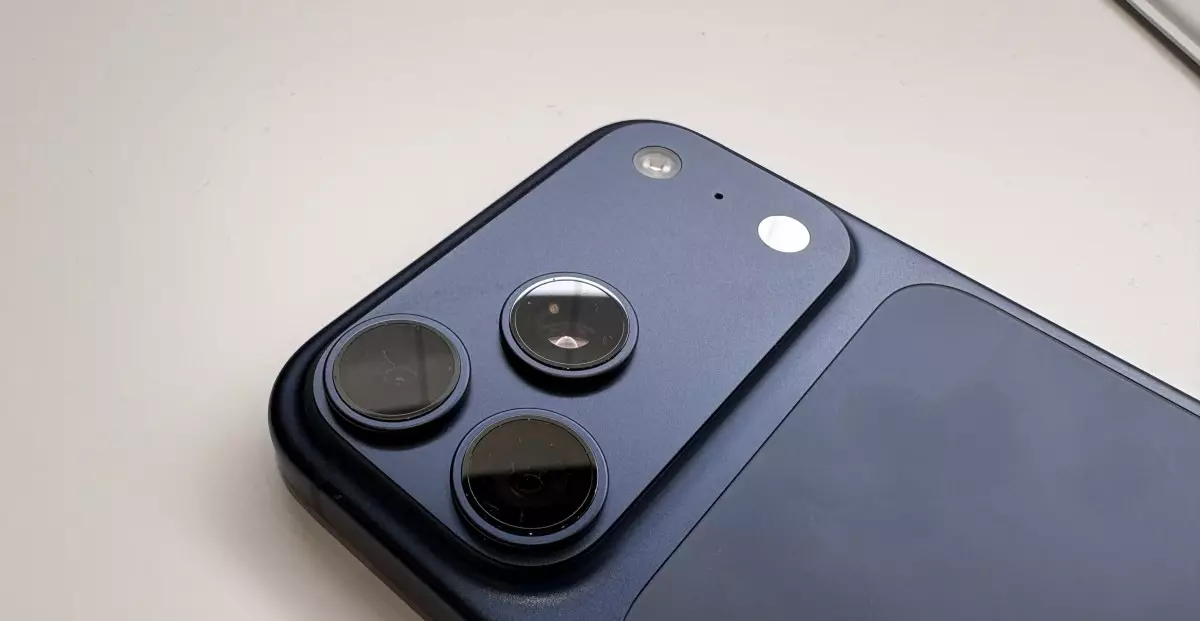In an era where digital threats evolve at an alarming pace, the importance of robust security measures cannot be overstated. The emergence of Memory Integrity Enforcement (MIE) represents a pivotal shift in how consumer devices defend against malicious exploits, particularly targeting spyware that lurks in the shadows, waiting for vulnerabilities to exploit. Apple’s latest announcement about integrating MIE into the iPhone 17 lineup signifies a bold commitment to shifting the paradigm from reactive patching to preemptive security. This move not only elevates the security baseline but also sends a clear message: future malware must contend with a fortress that anticipates and neutralizes attacks at their core.
This revolutionary approach is grounded in sophisticated hardware and software innovations. By ensuring that critical memory regions such as kernel and userland processes are constantly monitored and protected, Apple is tightening the noose around cybercriminals who leverage memory exploits. The significance of this cannot be understated. Historically, memory vulnerabilities—like those exploited by Spectre or Meltdown—have represented chinks in the armor that malware authors have exploited repeatedly. MIE acts as a bulwark, making it exponentially more difficult for these exploits to succeed, and consequently, for spyware like Pegasus to target high-profile individuals or organizations.
Embedding Advanced Security Deep into Hardware and Software Layers
What distinguishes Apple’s MIE initiative is its deep integration at both hardware and software levels. While other tech giants, such as Microsoft with Windows 11, have introduced memory integrity features, Apple’s implementation pushes the envelope further. The company’s new A19 and A19 Pro chips are purpose-built for security, embedding features that support its Memory Tagging Extension (EMTE) technology. This allows for secure typed memory allocation, preventing common memory bugs and increasing the difficulty for attackers to find exploitable vulnerabilities.
Moreover, Apple’s approach covers not just raw memory protection but extends to enhanced safeguards like tag confidentiality protections, which ensure that even if an attacker manages to glean some data, the information remains encrypted and unusable. This holistic security approach dismantles the attack surface, recognizing that malware rarely operates in silos; instead, it exploits multiple pathways to succeed. Apple’s comprehensive system ensures that all key vulnerabilities are fortified without sacrificing performance, thanks to optimized measures that incur “virtually zero CPU cost” — a critical factor in maintaining device responsiveness while bolstering defenses.
Implications for the Future of Mobile Security
The introduction of MIE signifies a strategic overhaul that signals the industry is entering a new security era. Once the realm of enterprise servers and high-security systems, memory safety features are now being embedded into everyday consumer smartphones. This democratization of advanced security tools raises the fundamental question: how much more secure can smartphones become, and what are the broader implications for privacy and data protection?
While initially touted as a defense against highly sophisticated spyware, the real impact lies in raising the cost and complexity of developing malicious tools. Security researchers from projects like GrapheneOS acknowledge these improvements and view them as “major security benefits,” but also express a cautious optimism about the transparency and communication around such advances. This is crucial because the effectiveness of these measures depends on full adoption and ongoing evolution in response to emerging threats.
Moreover, as Android devices such as Google’s Pixel 8 begin to incorporate similar memory tagging technologies, the competitive landscape will foster increasingly hardened devices across the board. Apple’s advancements could catalyze a broader industry movement towards ‘security by design,’ putting more power into the hands of consumers and, ideally, making life harder for those who wish to compromise smartphone integrity.
Memory Integrity Enforcement is more than a technical upgrade—it’s a strategic statement that modern smartphones are no longer just communication tools but fortified digital vaults. As these features become standard, the battleground between malware developers and security professionals shifts decisively towards a more resilient, future-proof ecosystem. Users, whether aware or not, gain new layers of protection that will influence the security narrative for years to come.

